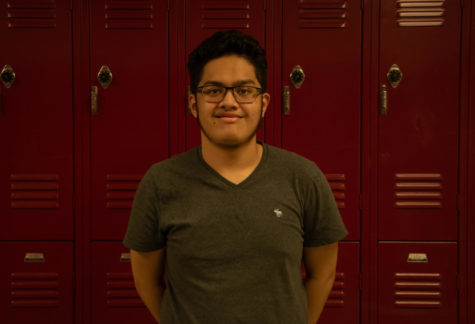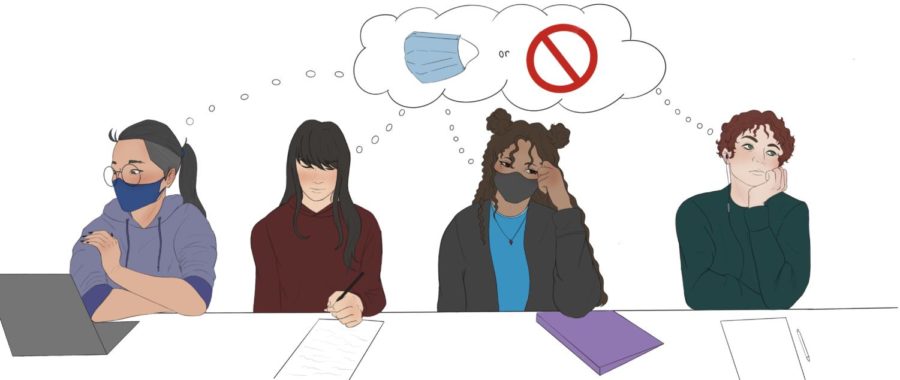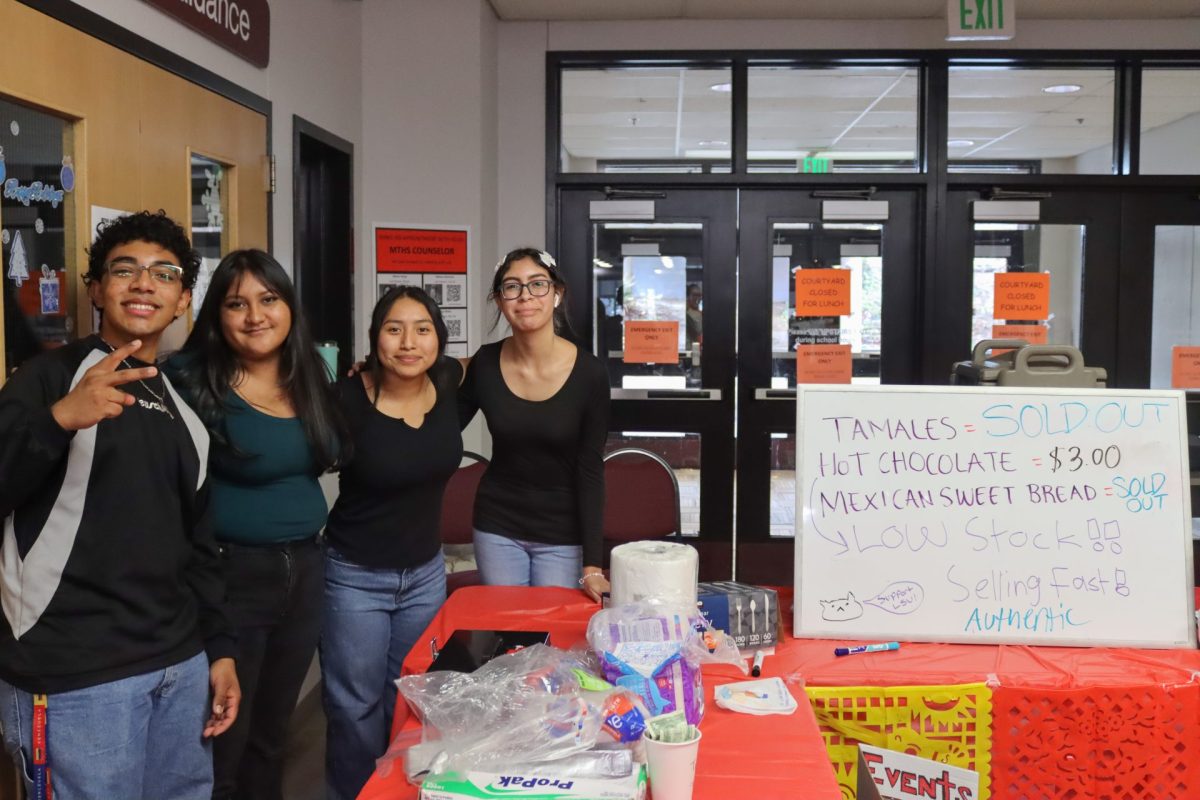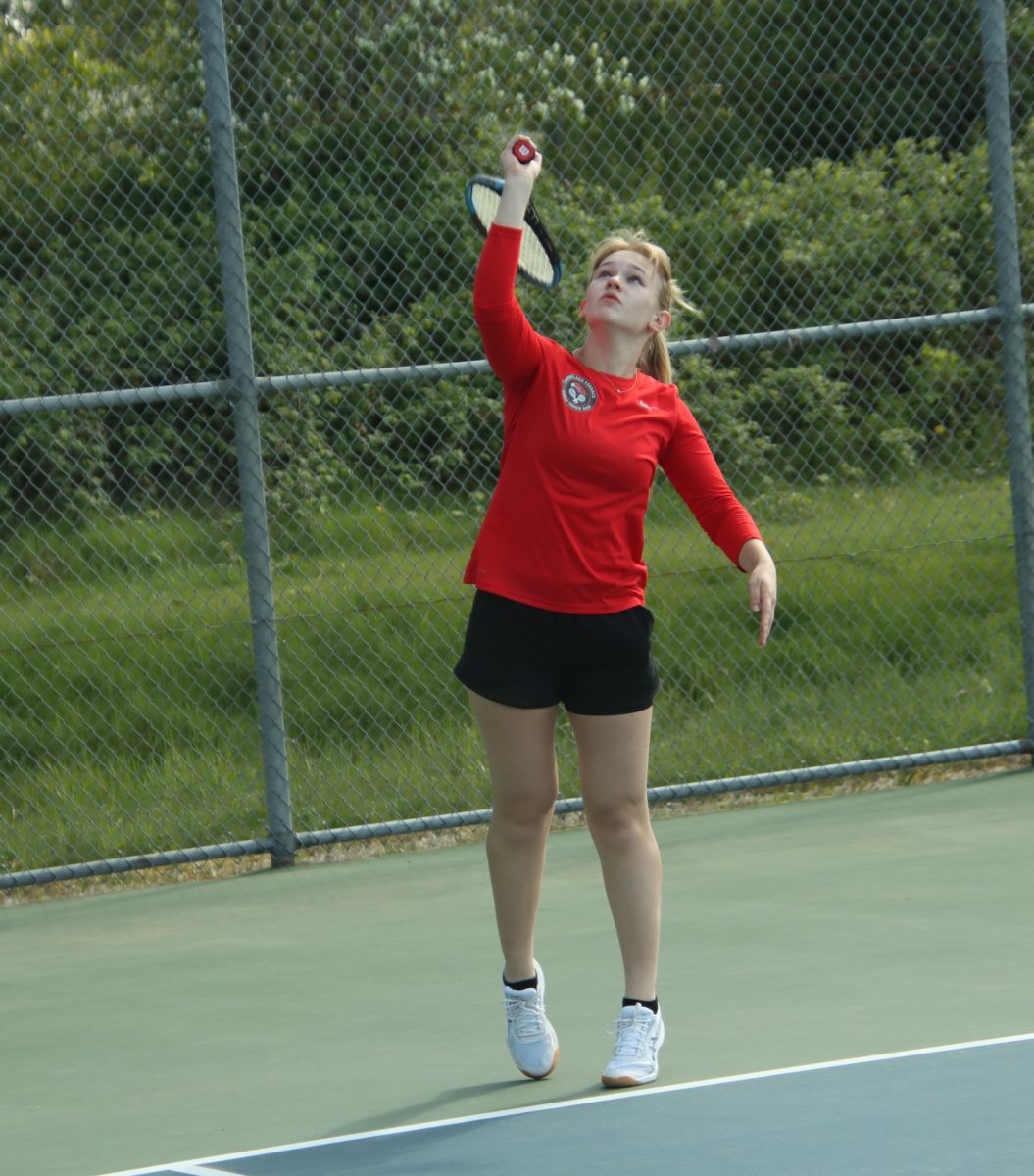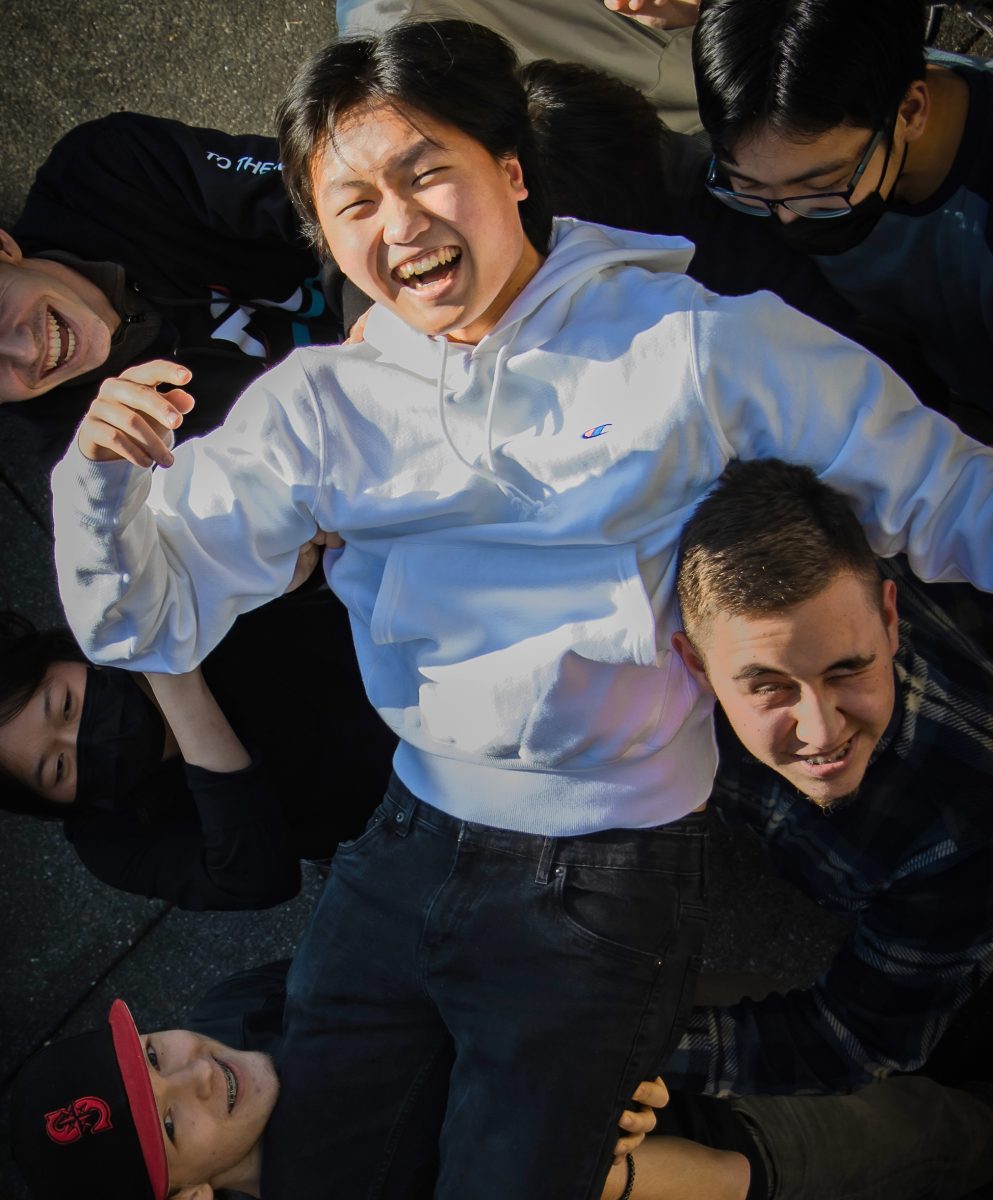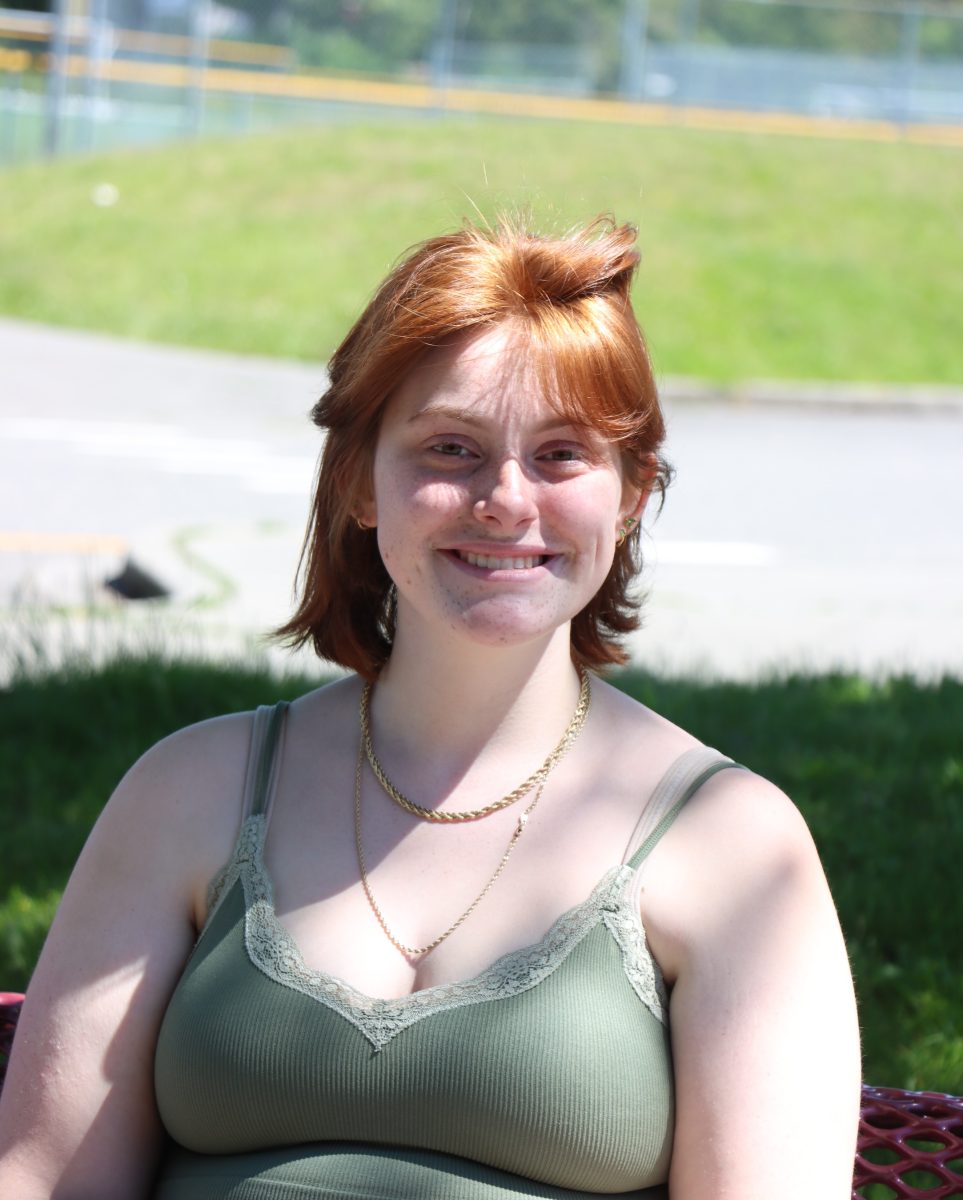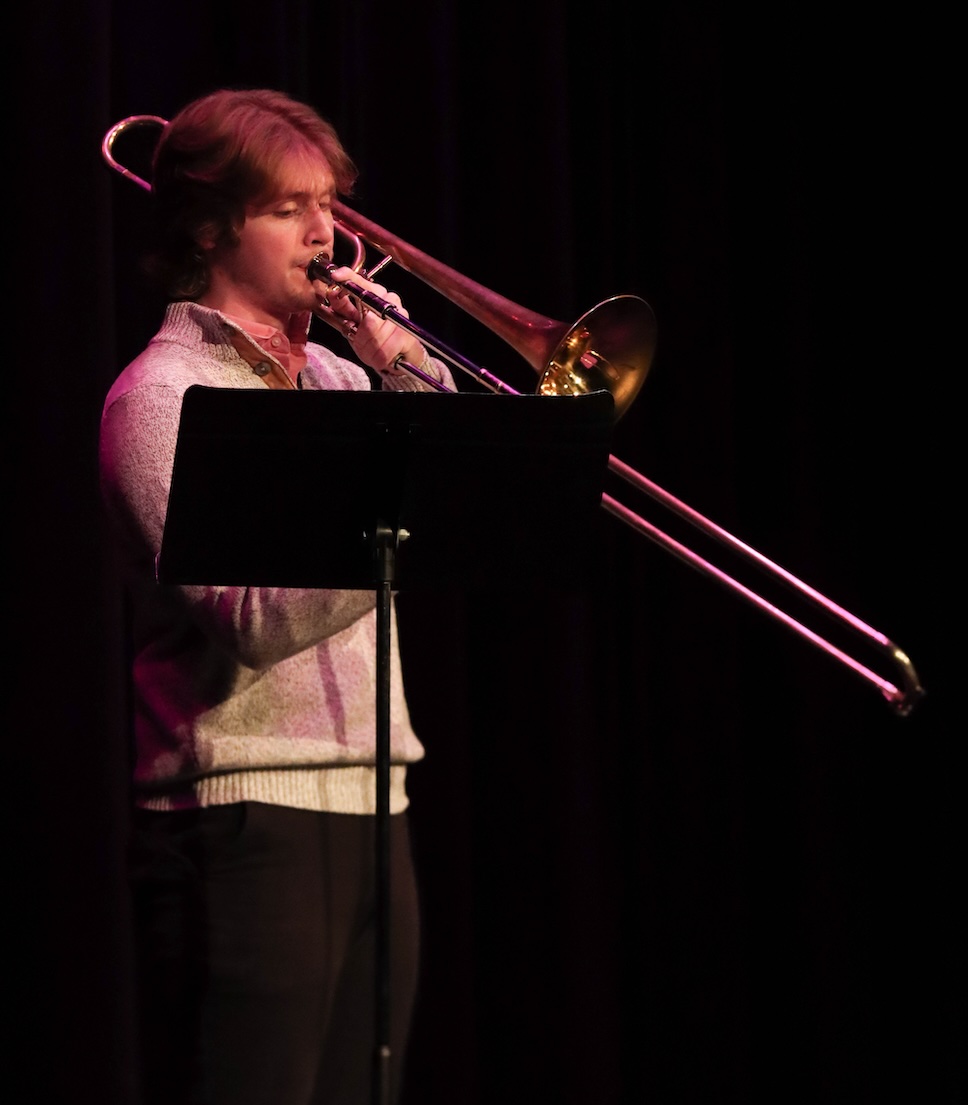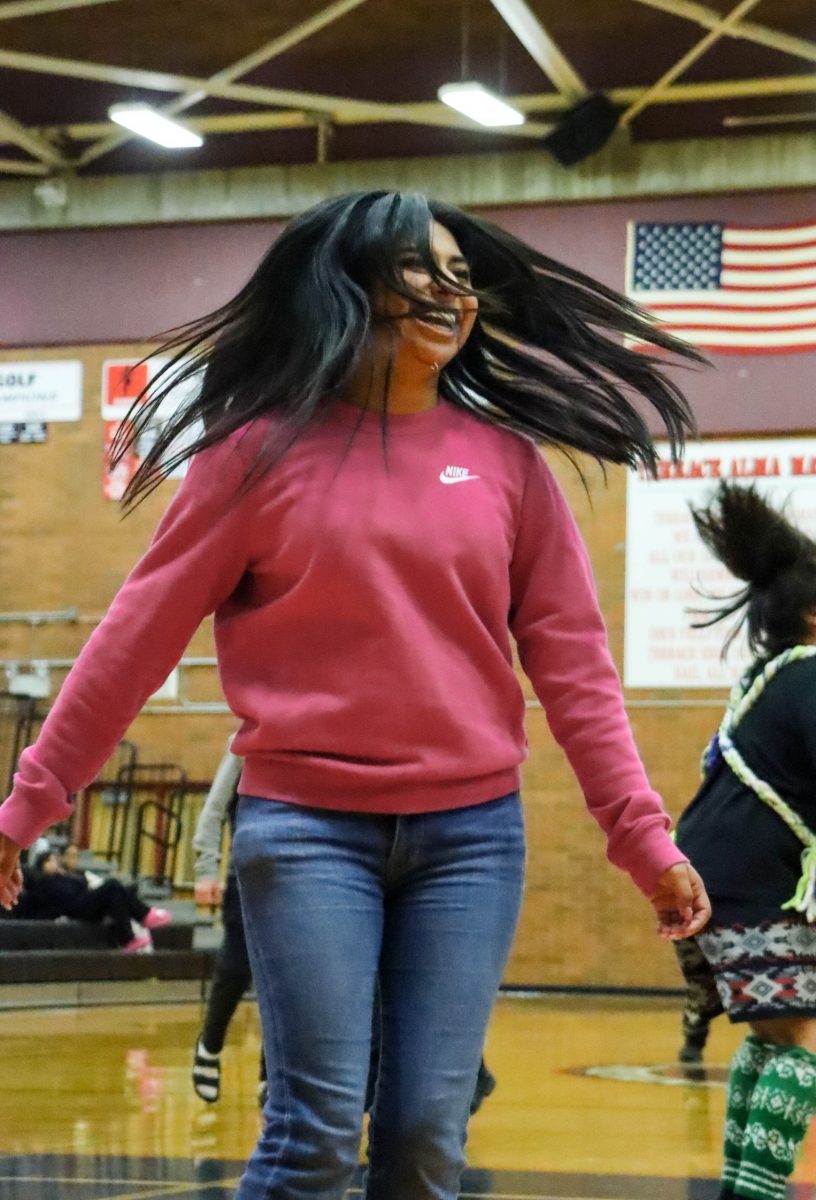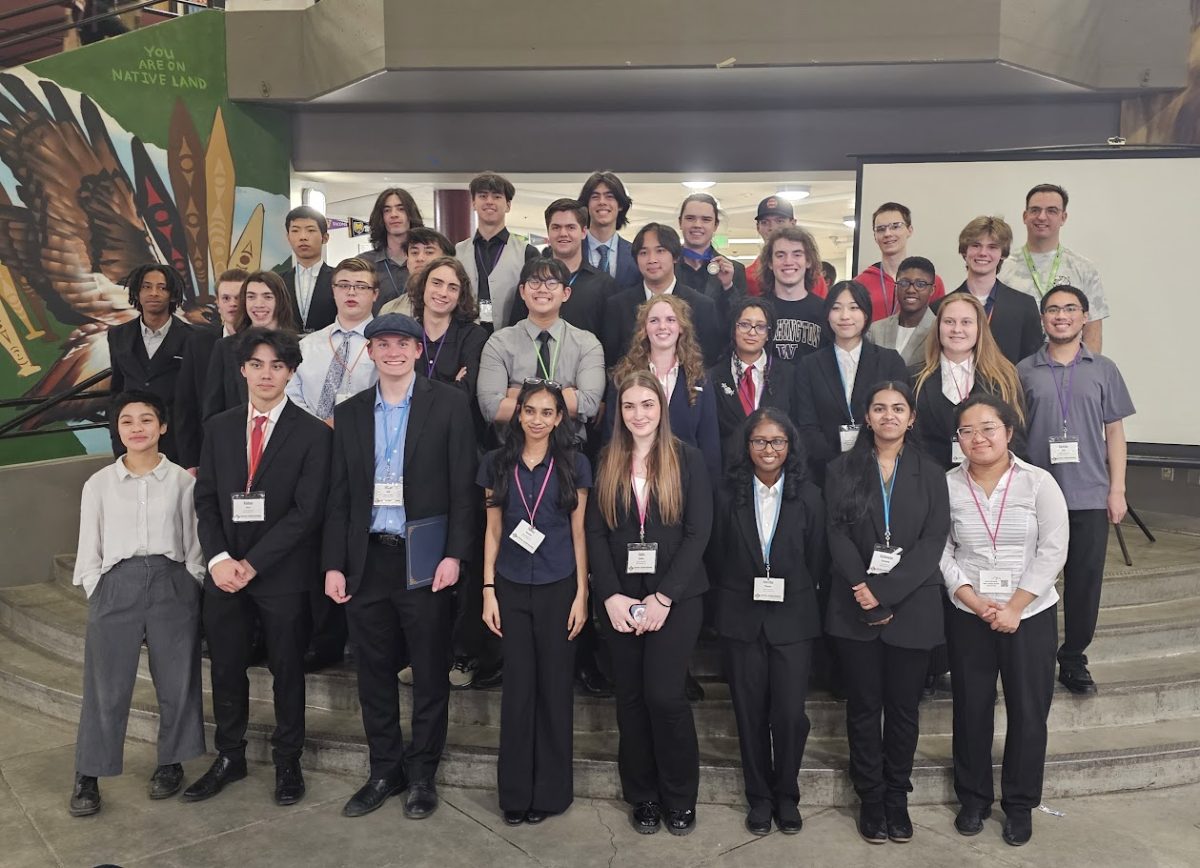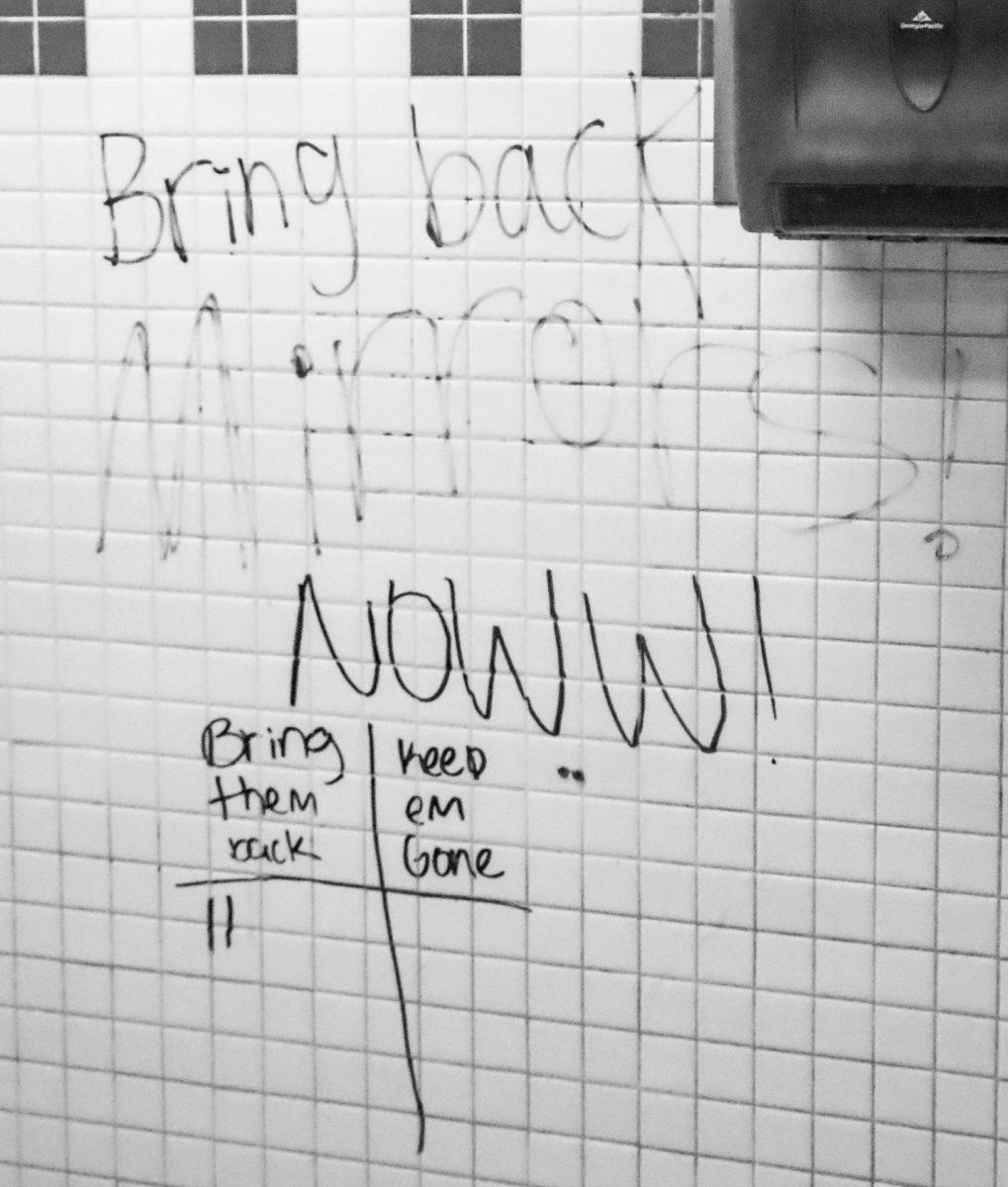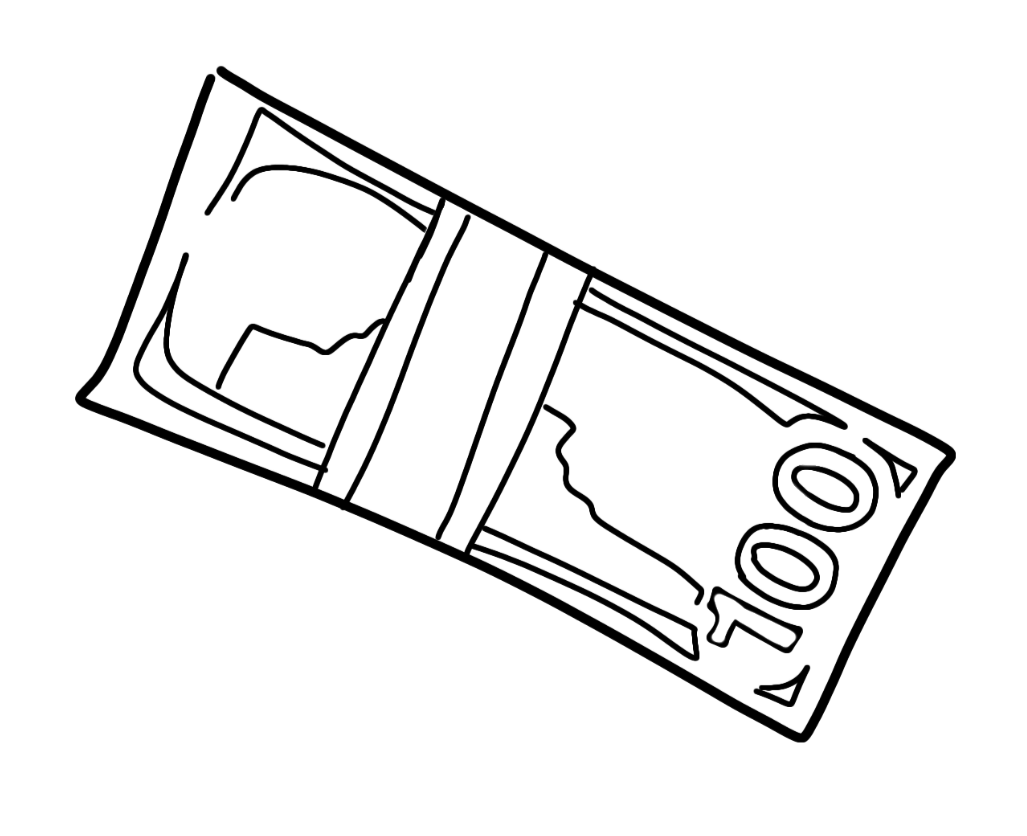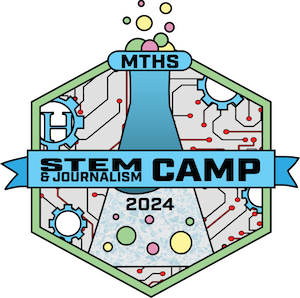In light of the sudden influx in COVID-19 cases as the omicron variant has quickly spread, a ‘sick-out’ protest was organized by students of the Edmonds School District in hopes of prompting a return to online learning while the number of positive cases continued to rise.
Over the course of the past few weeks, there has been a sudden spike in COVID cases that have affected students and staff alike. Many were forced to quarantine for five days after testing positive. Efforts were made to decrease the number of cases by implementing a district-wide ban on nutrition breaks.
The schedule had been adjusted accordingly, with five minutes added to the end of the advisory period. In addition, those who participated in sports were required to undergo testing three times a week on Monday, Wednesday, and Friday.
In response to the outbreaks, Edmonds School District students planned the sick-out protest on Friday, Jan. 21 as a way to advocate their needs for an increase in pandemic safety measures, which included a shift back to remote learning. Participants were informed that they could have their absence excused by having their parents call the attendance office.
Following the news of the protest, the Edmonds School District sent out a district-wide email to families and students on Thursday, Jan. 20 regarding the planned event.
It mistakenly labeled the mass-absence-based protest as a walkout.
“Demonstrations like this are a part of our students’ free speech rights and as such, schools must respect students’ choice to exercise their rights. Just as we have done in previous student walkouts, school administrative staff will monitor students to ensure their safety, and that there is not a disruption to the learning environments in our schools,” the email said. “Students who choose to participate will receive an unexcused absence.”
The day of the protest was uneventful. According to the school’s attendance secretary Cheryl Sadler, 365 students were missing for a variety of reasons, with 111 either reporting that they were sick or had a positive test for COVID.
Sadler didn’t feel the absence levels were anything out of the ordinary.
“To me, it seemed [like] business as usual,” she said.
However, Sadler did note that five parents called in to excuse their child’s absence as they were participating in the protest.
“I had many more parents indicate in their attendance notification that their student was truly sick and wanted it known that they were not a part of the protest,” she said.
One possible reason for the low level of participation in the protest was the low student approval of it.
Associated Student Body (ASB) member Ryan Daly believed that there were more efficient ways for students to express their concerns regarding COVID regulations.
“I don’t think that missing school for the effect of showing student action was the most beneficial way of activism, I thought there were alternative routes that would probably be much better,” he said. “I think that’s why a lot of people didn’t actually participate, I’m pretty sure if you chose some form of alternate action that was more possible for other people to do then they might’ve actually participated.”
Student accounts of that day’s attendance seem to agree with the attendance secretary’s.
“Personally, my experience of the day was that basically no one was absent from school for sick-out reasons, so I thought overall it didn’t reach the goal it was meant to,” Daly said.
However, a senior at MTHS, who wished to remain anonymous due to possible backlash, expressed different sentiments.
“I thought it was a good idea. I feel like there could be more to be done to handle COVID at the school, maybe more sanitation,” she said. “I thought this was a good way to send a message to the staff.”
However, she didn’t form a clear opinion on whether or not the protest was effective.
“I wasn’t there. I don’t know how effective it was since I haven’t seen any changes or gotten any emails.”
Following the events of the sick-out, a larger, more drawn-out protest was once again planned by the students of the Edmonds School District, called the Sick-Out Week. The plans for the new protest were posted to an Instagram account under the handle @mths.events_.
According to the social media post, each day of the week, from Tuesday, Feb. 1 to Friday, Feb. 4 would have a separate protest, similar to the days of a spirit week.
Tuesday was “Symbol Day,” where students who participated wore a symbol of an hourglass on the back of their right hand, as a way to signify that “time is limited and if we don’t take a stand now, time will run out.”
Wednesday was “Dress Sick Day” in which participants were expected to dress up in attire similar to those who are actually sick. The post stated that, “We will make the school face the consequences of their actions.”
Thursday was the “No Mask Day” where participants were expected to attend school with no mask. The Sick-Out Week would then end on Friday, the “Walk-Out Day” where participants would exit their 5th period class and meet in the courtyard to protest.
Whether or not the week-long protest was legitimate was never confirmed nor denied, however, this protest seemed to garner even less participation than the first one.
While the omicron variant threatens the normality of the school year, plans of transitioning to remote learning have not yet been announced. However, the Edmonds School District has expressed their understanding of those who have protested in the previous weeks.
“These demonstrations are not school or district-sponsored. Students who participate do so voluntarily. We respect the decisions of all students – those who choose to not participate and those who do,” the district wrote in an email.




